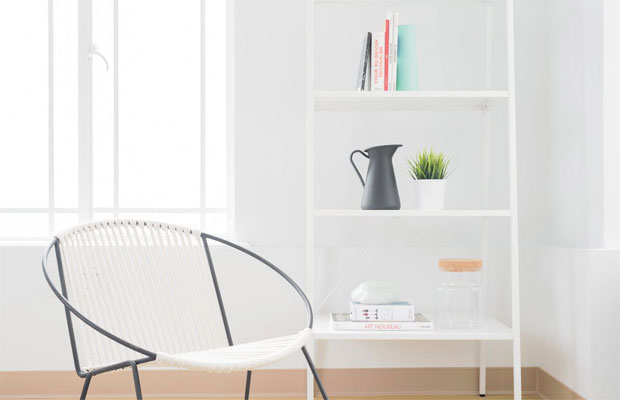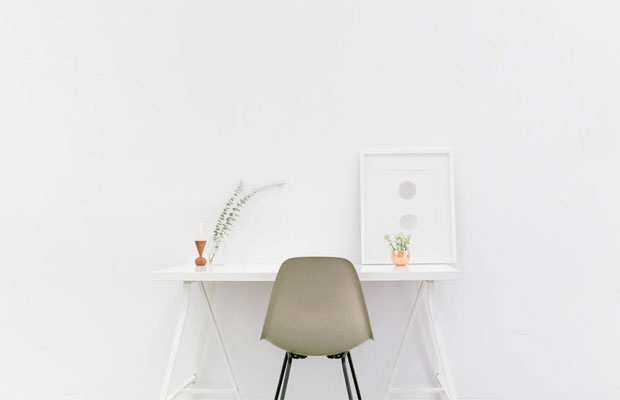How to Add More Light to Dull and Dim Rooms

How to Add More Light to Dull and Dim Rooms
More light can instantly bring a room to life, giving the impression of more space, and making it somewhere you’ll want to spend more time in. Increased light can transform a rather dull and faded environment into one that inspires and energises everyone who enters.
The question is, how can that be done? Clearly, the options open to you depend on the room in question. The first thing to look at is natural light and how you can maximise the amount that gets in. After that, you can consider how to use artificial lighting to best effect.
- Window of opportunity
The obvious first step is to clean the windows thoroughly. It’s amazing the difference that removing dirt, dust and accumulated markings can have. Secondly, consider the hangings. Heavy curtains will restrict light, so consider replacing them with blinds or even DIY shutters that will give you full control over how much light you let in from outside. Finally, if you have control over the area immediately outside your window, then remove obstructions by trimming overgrown trees or plants or making a back yard or garden as light and attractive as possible.
- Open up the room
Next, look at the room itself. Don’t block the window with weighty furniture or put major pieces in its shadow. Minimalism should be your byword, and clutter avoided at all costs. That said, having open shelving rather than closed cabinets can increase the sense of light and space, but be disciplined and ordered in what you have on them. Heavy furniture generally should be avoided, in favour of lighter pieces that carry less visual weight and can open up your room with simplicity and style.
- Walls ceilings and floors
Painting your walls in a lighter colour will certainly add more light. Remember, however, that glossy walls just create glare, so opt for matt. Brilliant white is not always the best choice either: a slightly more muted shade, like cream, ivory or antique white could be better, or even a pale yellow. To some extent, this is a matter of personal choice and what suits the room in question. Don’t overlook the floors and ceilings though as the colours here can be just as effective as on the walls.
- Accessorise sparingly
Art is great, but large dark paintings can suck up light. Go for the less is more approach and maybe consider lighter, brighter pieces. Don’t avoid darker shades altogether, as an accent in a light room, they can be very successful. Mirrors also add to the sense of light and space, and this includes mirrored or metallic surfaces on furniture or elsewhere.
- Lighting options
Floor lamps, table lamps, spotlights and lights on multiple levels can replace or supplement a single central ceiling light. Different bulbs and shades can also make a huge difference. Experiment with directional lighting to maximum effect.
Both daylight and artificial light can be helped along by arranging furniture and decorating walls to maximum effect. Less clutter means more light and more light will make the room feel more spacious in turn. As a result, you’ll feel happier, healthier and more relaxed in your brighter space.
By Elizabeth Farnham.




